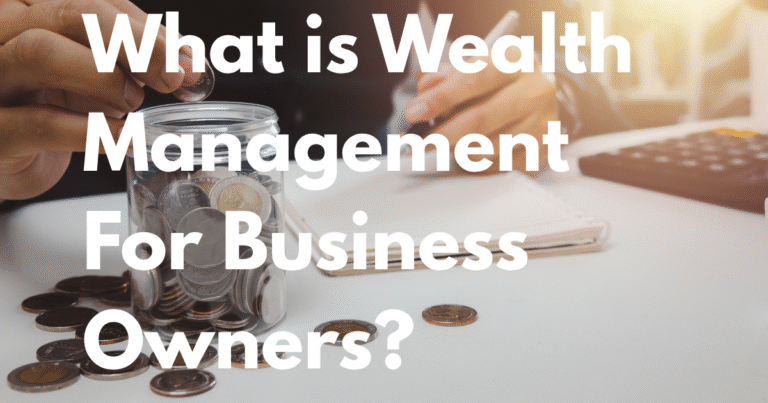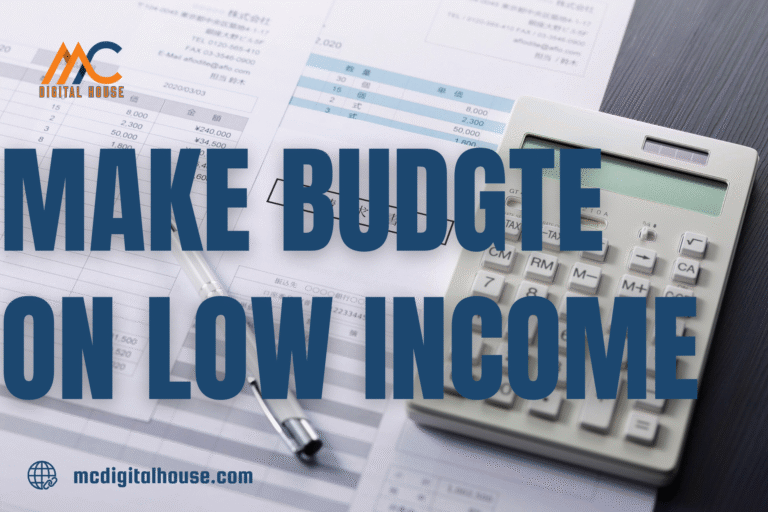How to invest money with little capital in the USA
Many Americans often assume investing is strictly for wealthy people, but investing is no longer strictly for the wealthy. Today, you can start investing with very little capital. Whether you’re a student starting your first job, a young professional trying to save for the future, or someone who is rebuilding your finances after a setback, learning to invest with little capital will help establish an early foundation for wealth. This guide will provide you with practical strategies for small capital investing, tools for people with limited budgets, and shifts in thinking you will require to accumulate wealth.
Why investing matters, even with little money?
You don’t need thousands of dollars to make investing meaningful. It’s the concept of compounding—earning returns on your returns, or compounded returns, over time.
For example:
- If you invest $100 a month in a diversified fund with an average annual return of 7%, after 30 years, you will have approximately $122,000, assuming no additional principal contributions.
- Investing just 10 years later in the same scenario would also cut your ending balance nearly in half.
- This shows that it’s more powerful to begin investing with small amounts early than to wait for the “right” time to invest $5,000 at once.
Other reasons Americans should invest:
- Invest to beat a rise in inflation – We have all dug deeper into our pockets for food, housing, or health expenses, driving up costs. Investments help your money outpace the rise in inflation.
- Invest for financial freedom – Small investments add up and become assets, which helps eliminate the need to live paycheck to paycheck.
- Invest to create a retirement plan – Social Security will not be enough. Both employer and additional personal investment plans will give you options and alternatives later.
Step one: build a foundation before investing
Before diving into investing, it’s important to establish what we call your “financial house”.
Pay off high-interest debt
Many credit cards in the USA carry a 20%+ interest rate, which is higher than the average rate of return on most investments. To begin paying off this debt is to earn a guaranteed rate of return.
Consider an emergency fund
You are going to want at least 3–6 months’ worth of living expenses set aside in a “safe” account. Should unexpected medical bills, a job loss, or a car repair arise, your emergency funds will make sure you are not forced to sell an investment early.
Know your goals
Investing with no goals is like driving somewhere with no directions. Knowing if you are investing in:
- Short-term goals (1–5 years): car, wedding, down payment
- Medium-term goals (5–10 years): continuing education, starting a business
- Long-term goals (10+ years): retirement, creating generational wealth
Best ways to invest with little initial capital in the USA
Now you are ready to think about how and where to invest. Let’s talk about investment vehicles that do not require a large dollar amount to get started:
1. High-yield savings accounts (HYSA)
This is not technically “investing,” but it is a good place to start without much risk and begin to earn money. Many online US banks currently offer APYs of over 4%, while traditional banks offer much less than 0.5%.
Advantages:
- FDIC insured (your money is protected up to $250,000)
- Access to your funds when you need them
Applications such as Acorns, Stash, or Robinhood allow you to start investing with as little as $5. These apps enable you to buy fractional shares, which means that you can purchase a tiny piece of Apple or Amazon for a small amount of money (instead of spending hundreds of dollars to buy one full share).
2. Micro-investing apps
Reasons Americans embrace them:
- You can set automatic round-ups (i.e., Acorns will invest your spare change).
- You can access beginner-level investing education.
- You can start investing without a large investment.
3. Exchange-traded funds (ETFs)
Exchange-Traded Funds (ETFs) are investments that contain a collection of stocks or bonds that you can purchase like a single stock. ETFs are relatively low-cost and a good investment option for diversification.
Examples of ETFs that are popular for beginning investors in the US:
- SPDR S&P 500 ETF (SPY): This ETF tracks the performance of the 500 largest companies in the US.
- Vanguard Total Stock Market ETF (VTI): This ETF covers the total US stock market.
- iShares Core U.S. Aggregate Bond ETF (AGG): This ETF provides exposure to bonds.
With most brokerages now allowing fractional share purchases, you can start investing through ETFs for as little as $10.
4. Retirement accounts
Long-term growth often starts through tax-advantaged accounts.
- 401(k): The employer offers this; your contributions are deducted from your taxable income. Many employers offer to match your contribution to your 401(k). If your employer matches, this is essentially “free money”!
- IRA (Traditional or Roth): You can open an IRA if you earn income. Roth IRAs are especially valuable for younger Americans because future withdrawals would be tax-free.
Even if you are just contributing $20-50 a month, starting early is worth it and will accumulate into much more down the road.
5. Bonds and treasuries of the U.S. government
They’re reliable, consistent, and accessible through TreasuryDirect.gov.
- Series I Savings Bonds: They offer inflation protection at rates adjusted biannually.
- Treasury Bills (T-Bills): Short-term investments, fully backed by the U.S. Treasury, that lend money to them.
Well-suited for beginning investors who prefer a low-risk, stable return on their money.
6. Real estate crowdfunding
You do not need thousands of dollars upfront to invest in real estate. Fundrise and similar platforms allow you to invest in real estate developments starting at just $10.
Benefits:
- Diversification outside of the stock market.
- Real estate passive income without purchasing a home.
- Appreciation potential over time.
7. Dividend Reinvestment Programs (DRIPs)
A number of companies in the U.S. allow customers to buy shares directly from them and reinvest dividends automatically. This allows for compounding growth without having to continuously deposit larger sums into an investment account.
Advanced options once you’re comfortable
As your experience and comfort build, you can potentially look into:
- Robo-advisors such as Betterment or Wealthfront can build a portfolio for you.
- Peer-to-peer lending platforms which allow you to lend small amounts of money to borrowers.
- Investing as a side business through online business or content creation.
Psychology of investing small amounts
When you are investing, it isn’t just money—it’s mindset. Many Americans would like to start investing but don’t because they believe that investing “small” amounts doesn’t matter.”
But here are the facts:
- Starting small builds confidence and discipline around your finances; when you see your account grow, you will likely invest again.
- Understand that even if you invested $5 a week versus $0 a week, it is a “win.”
- It’s more important to establish the habit of investing consistently, rather than a one-time, large investment.
Common mistakes beginners make
Waiting too long to invest – thinking that you need more money before investing.
- Chasing hype – investing in stocks or cryptocurrency that are trending at the time, and giving little thought or research to what you are investing in.
- Not taking into account fees, there are certain apps and funds that you can invest in and they take .5% to 2.0% of your investments, which is very large when you are valuing returns.
- Not enough diversification – investing all into one company/stock.
- Selling too soon – or panicking when the market dips and not thinking long-term.
Action plan: how to start today
Open a brokerage account with an investment platform that caters to new investors (Fidelity, Charles Schwab, Robinhood).
- Fund it, even a nominal amount ($10-50).
- Pick a plain investment (perhaps something based on the S&P 500 or a high-yield savings account).
- Set up your contributions to be automatic — essentially, what you’re doing is asking the platform to routinely send more money.
- Start now, learn, and add as you get more comfortable and as you make more money.
Conclusion
You don’t have to have a lot of money to invest. In fact, those who invest with smaller amounts seem to be much more disciplined and educated than those who do not invest until they have “enough” money. You could start today with a micro-investing app, an ETF, a retirement account, or a Treasury bond. The important part is consistency, patience, and a long-term perspective. The important point is not how much you start with — you just need to start.







